Blackface and other blatantly racist images were surprisingly common in college yearbooks in the '70s and '80s

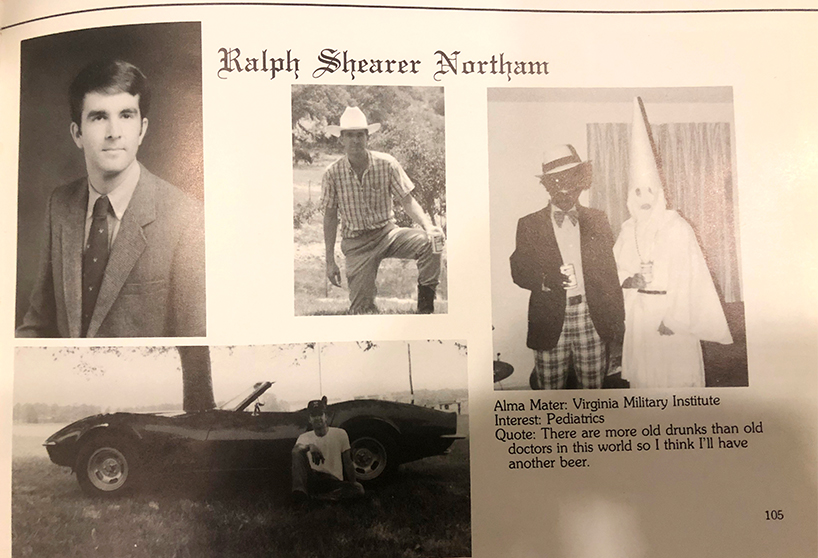
Two polls Wednesday found that a plurality of Virginia voters don't think Gov. Ralph Northam (D) should resign over his revelation that he dressed in blackface once in 1984, after a photo of a man in blackface standing next to a man in a KKK robe was found on his 1984 medical school yearbook page. In Quinnipiac's poll, 56 percent of black voters opposed Northam's resignation. There are several possible explanations for Northam's apparent political survival, but one of them is that blatantly racist yearbook photos were shockingly common in the 1970s and 1980s, USA Today found.
In a review of 900 yearbooks from 120 universities and colleges in 25 states in the '70s and '80s, USA Today found "students saluting in Nazi uniforms on Halloween or wearing orange paint and a headdress to depict a stereotype of a Native American on game day," a swastika banner, and photos of "'slave sale' fundraisers that auctioned off young women, 'plantation parties,' and a 'sharecroppers ball,'" the newspaper said. "But the vast majority of the offensive material show racist imagery, such as students in blackface or KKK robes," sometimes including nooses and mock lynchings.
"The volume of shocking imagery found in the examination, which was not comprehensive, suggests that there are likely more yearbooks that recorded racism on campuses nationwide — and countless more acts never captured on camera or submitted for publication," USA Today notes. Experts called this a systemwide failure at universities, and Andre M. Perry at the Brookings Institute had a theory. "The way to fit in, sadly, is to make fun of black people," he told USA Today. "It's a unifying act. It's sad but racism pulls people, particularly white people, together." You can read more at USA Today.
The Week
Escape your echo chamber. Get the facts behind the news, plus analysis from multiple perspectives.

Sign up for The Week's Free Newsletters
From our morning news briefing to a weekly Good News Newsletter, get the best of The Week delivered directly to your inbox.
From our morning news briefing to a weekly Good News Newsletter, get the best of The Week delivered directly to your inbox.
A free daily email with the biggest news stories of the day – and the best features from TheWeek.com
Peter has worked as a news and culture writer and editor at The Week since the site's launch in 2008. He covers politics, world affairs, religion and cultural currents. His journalism career began as a copy editor at a financial newswire and has included editorial positions at The New York Times Magazine, Facts on File, and Oregon State University.
-
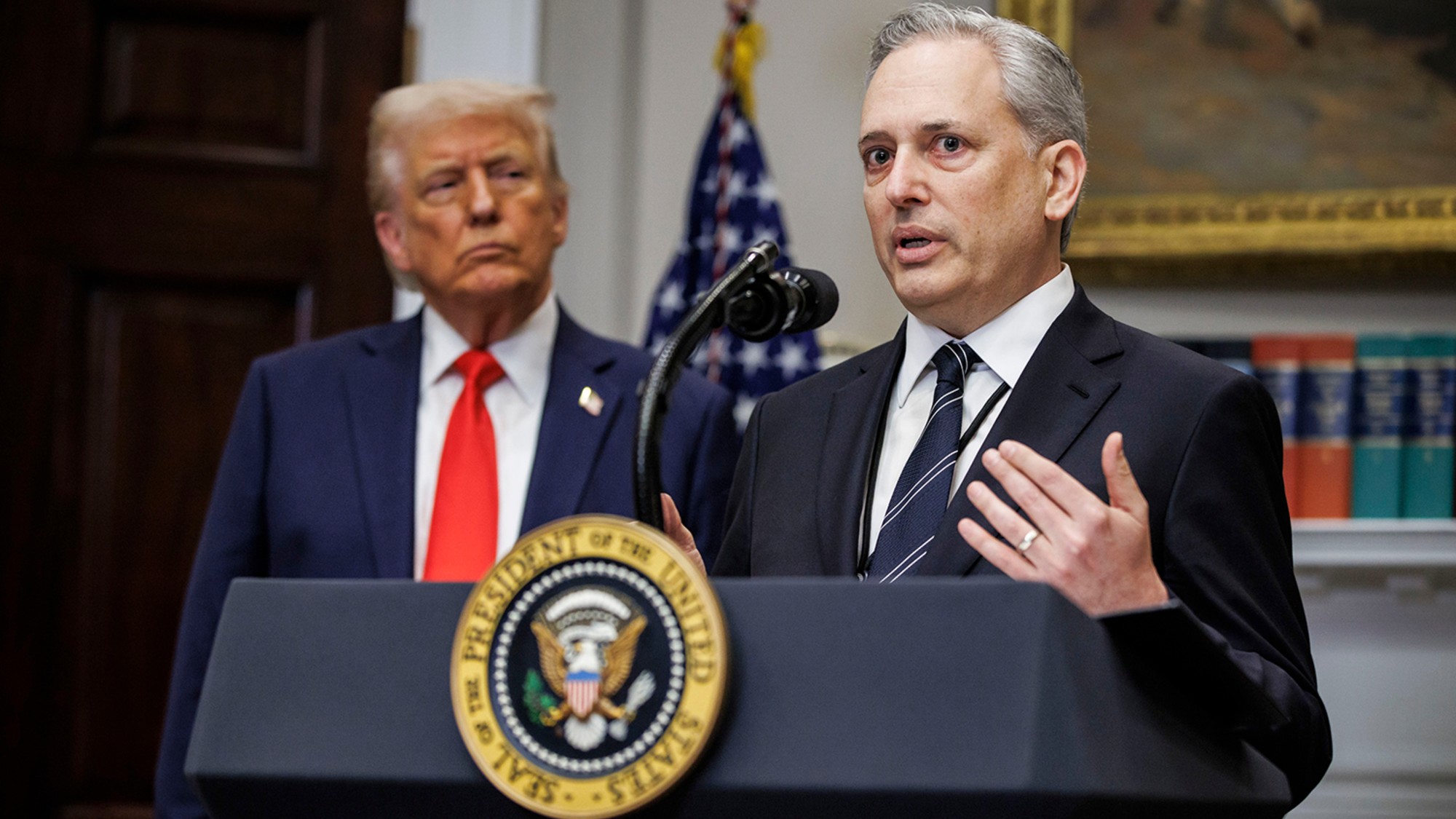 Trump vs. states: Who gets to regulate AI?
Trump vs. states: Who gets to regulate AI?Feature Trump launched a task force to challenge state laws on artificial intelligence, but regulation of the technology is under unclear jurisdiction
-
 Decking the halls
Decking the hallsFeature Americans’ love of holiday decorations has turned Christmas from a humble affair to a sparkly spectacle.
-
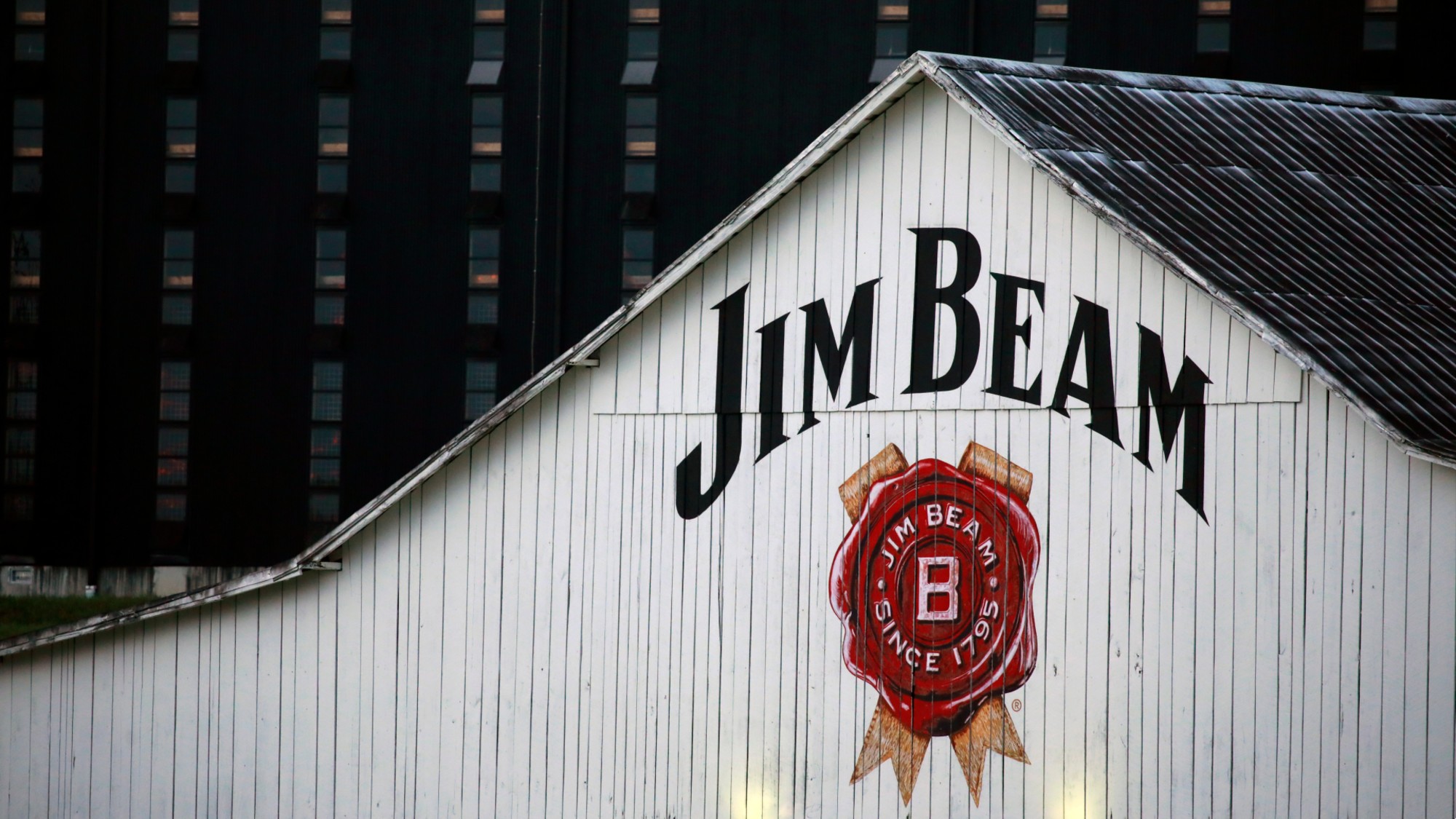 Whiskey tariffs cause major problems for American distillers
Whiskey tariffs cause major problems for American distillersIn the Spotlight Jim Beam is the latest brand to feel the pain
-
 Son arrested over killing of Rob and Michele Reiner
Son arrested over killing of Rob and Michele ReinerSpeed Read Nick, the 32-year-old son of Hollywood director Rob Reiner, has been booked for the murder of his parents
-
 Rob Reiner, wife dead in ‘apparent homicide’
Rob Reiner, wife dead in ‘apparent homicide’speed read The Reiners, found in their Los Angeles home, ‘had injuries consistent with being stabbed’
-
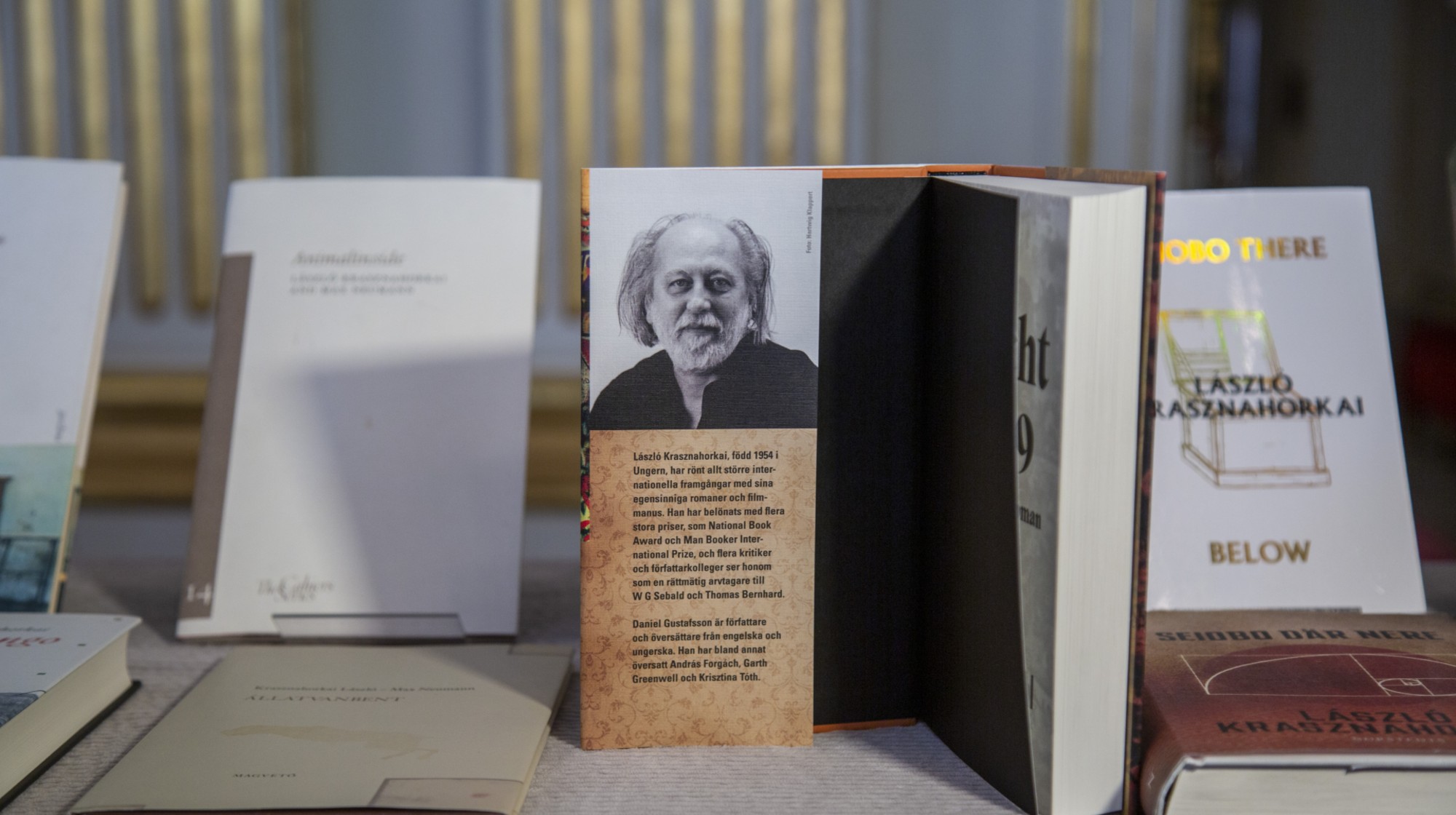 Hungary’s Krasznahorkai wins Nobel for literature
Hungary’s Krasznahorkai wins Nobel for literatureSpeed Read László Krasznahorkai is the author of acclaimed novels like ‘The Melancholy of Resistance’ and ‘Satantango’
-
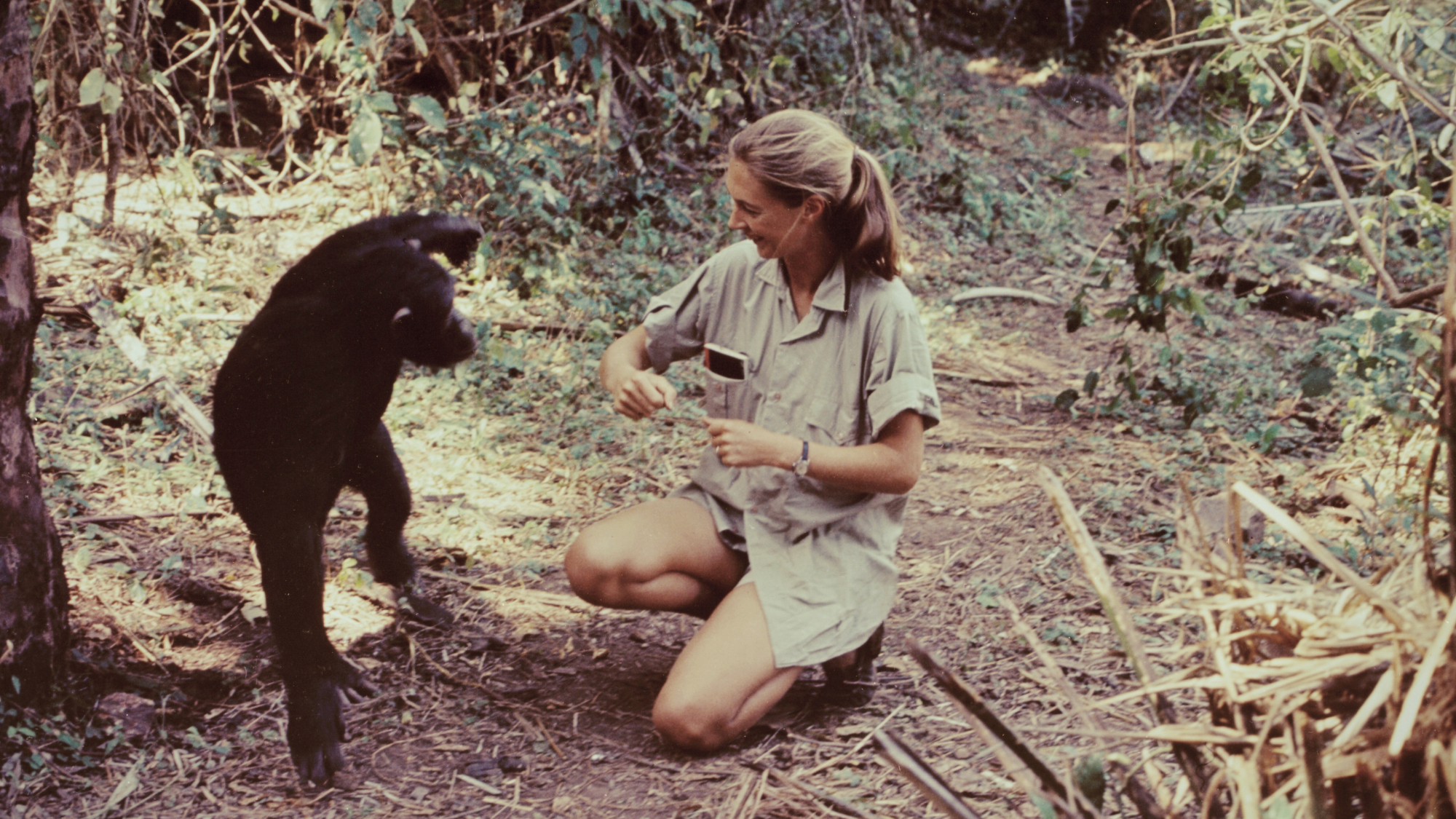 Primatologist Jane Goodall dies at 91
Primatologist Jane Goodall dies at 91Speed Read She rose to fame following her groundbreaking field research with chimpanzees
-
 Florida erases rainbow crosswalk at Pulse nightclub
Florida erases rainbow crosswalk at Pulse nightclubSpeed Read The colorful crosswalk was outside the former LGBTQ nightclub where 49 people were killed in a 2016 shooting
-
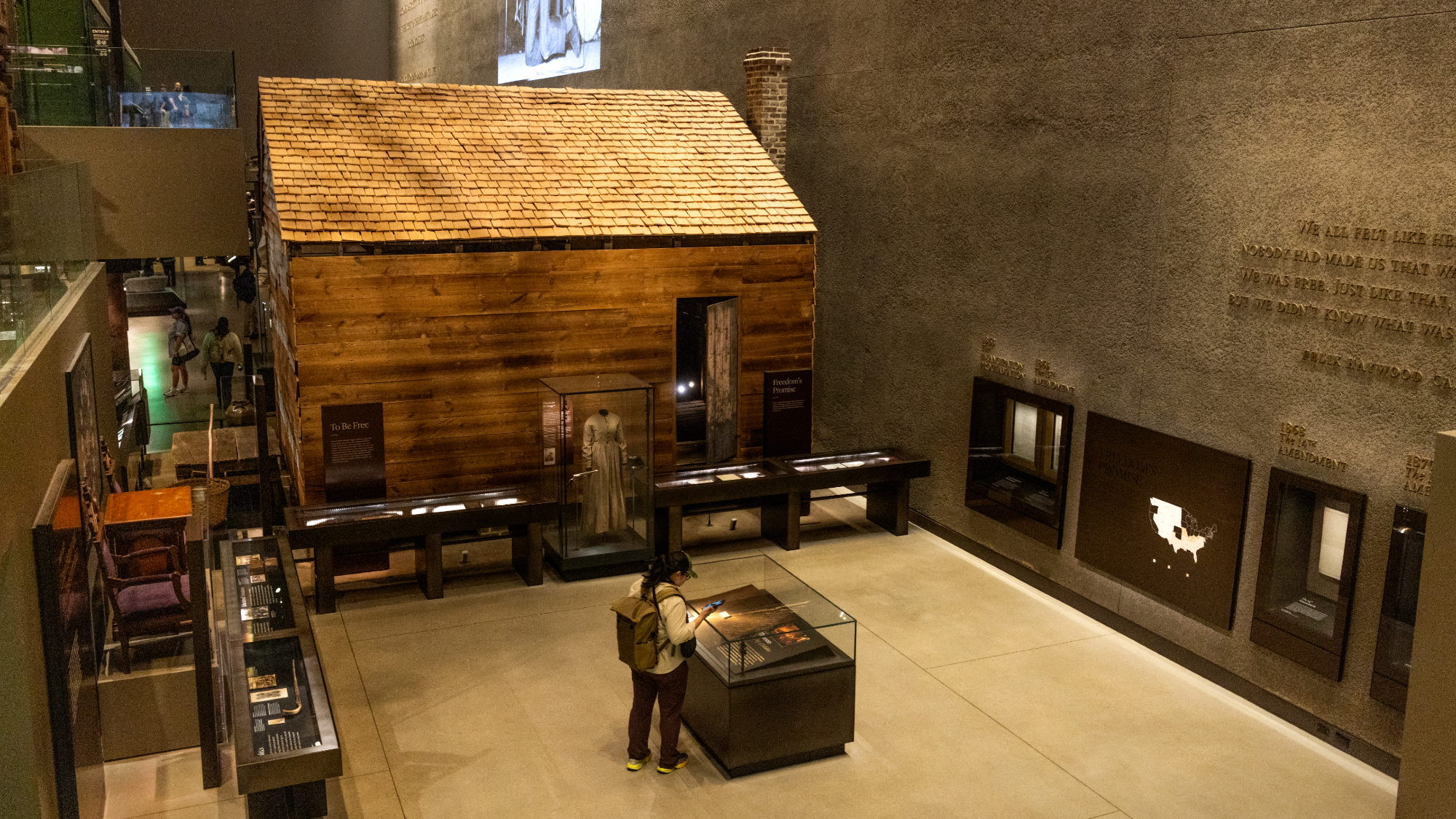 Trump says Smithsonian too focused on slavery's ills
Trump says Smithsonian too focused on slavery's illsSpeed Read The president would prefer the museum to highlight 'success,' 'brightness' and 'the future'
-
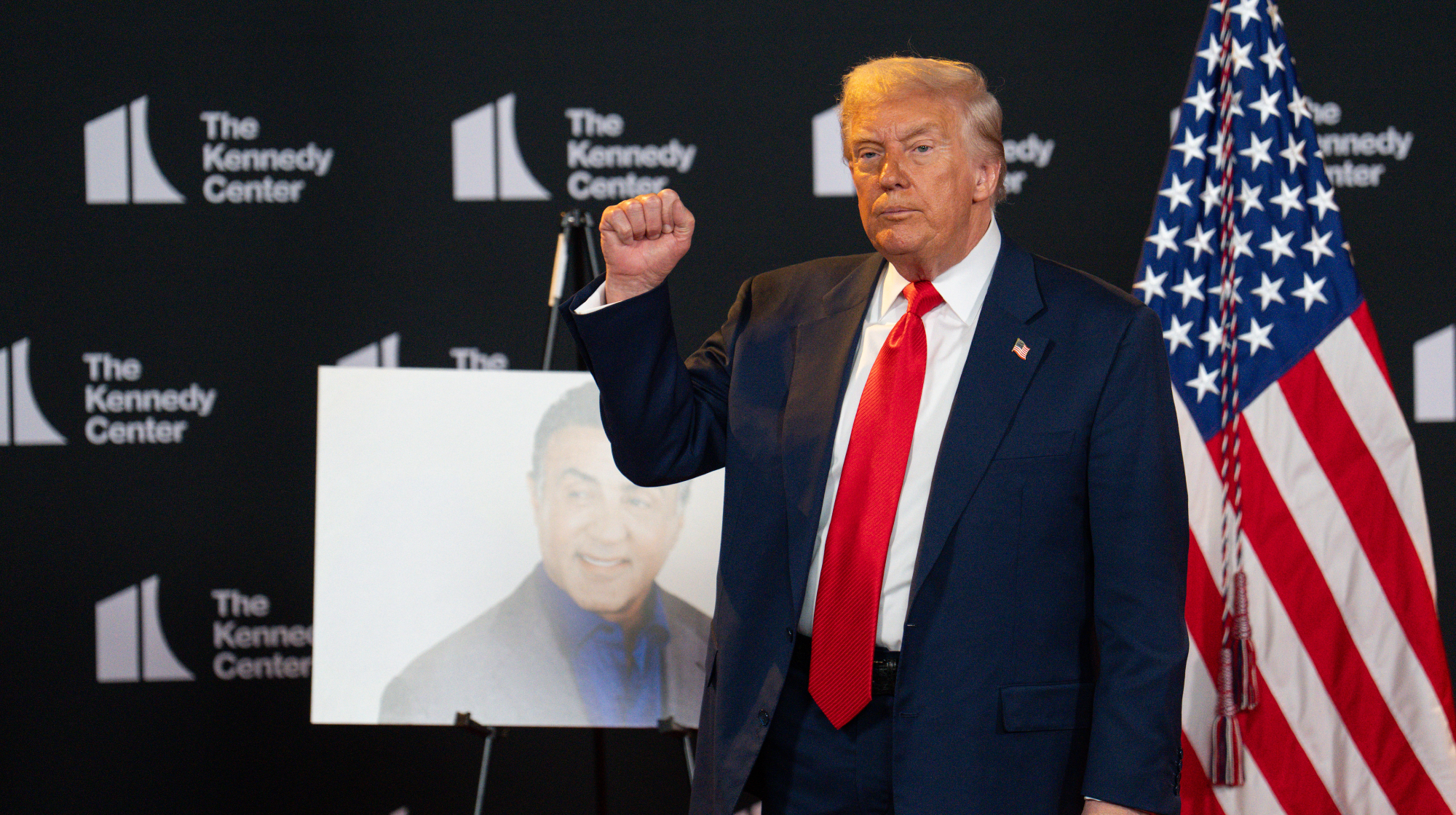 Trump to host Kennedy Honors for Kiss, Stallone
Trump to host Kennedy Honors for Kiss, StalloneSpeed Read Actor Sylvester Stallone and the glam-rock band Kiss were among those named as this year's inductees
-
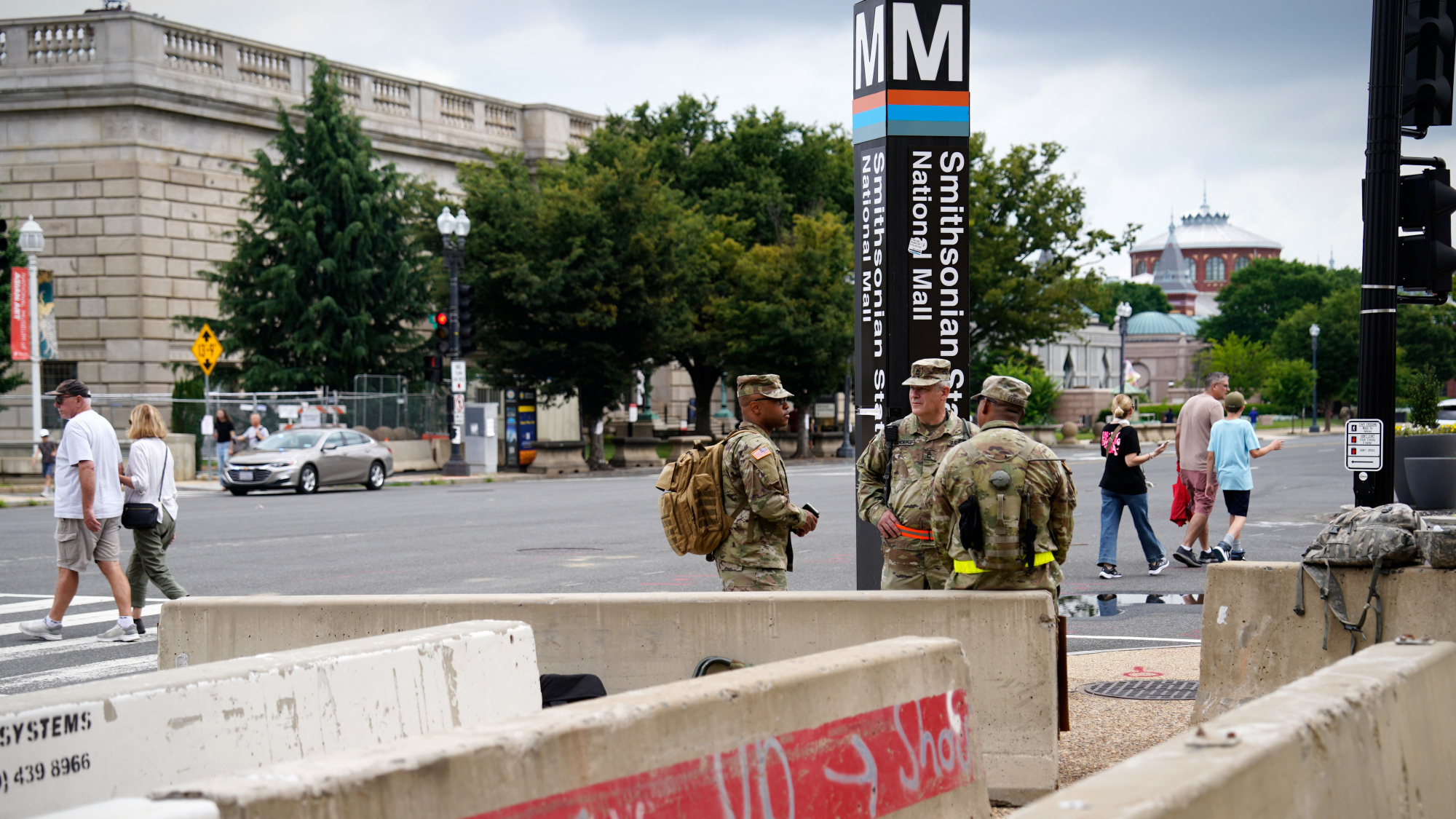 White House seeks to bend Smithsonian to Trump's view
White House seeks to bend Smithsonian to Trump's viewSpeed Read The Smithsonian Institution's 21 museums are under review to ensure their content aligns with the president's interpretation of American history
